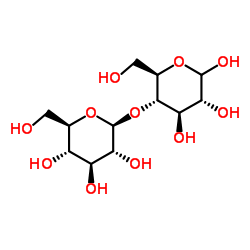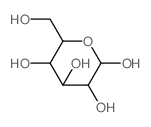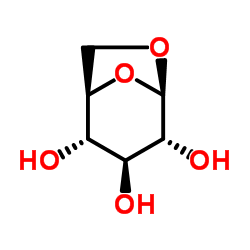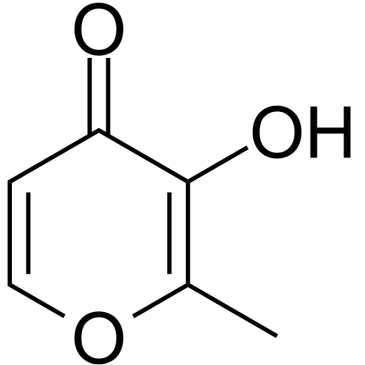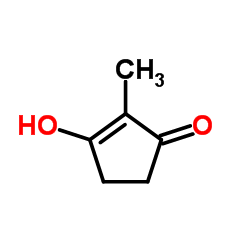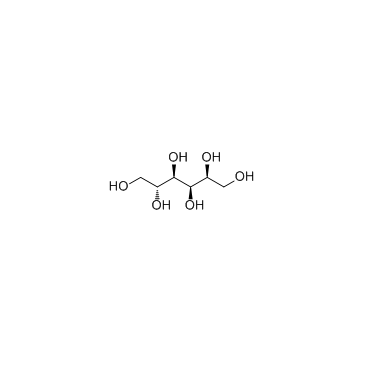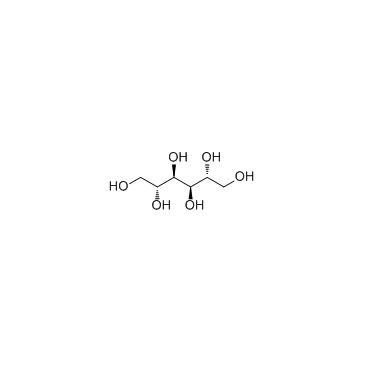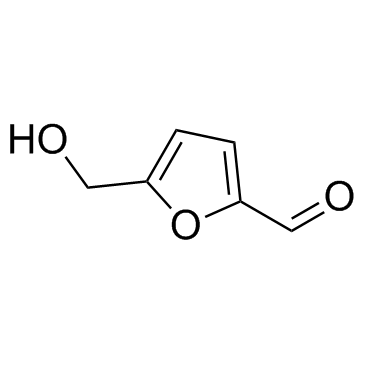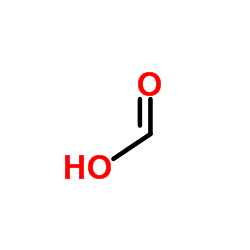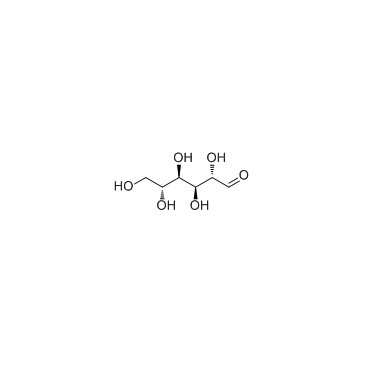9004-34-6
| Name | (1→4)-β-D-glucan |
|---|---|
| Synonyms |
MFCD00081512
Cellulose microcrystalline Microcrystalline cellulose 1H-Indene, 2,3-dihydro-2,4,7-trimethyl- 2,4,7-Trimethylindane (1->4)-beta-D-glucan EINECS 232-674-9 α-Cellulose |
| Description | Cellulose can be used as an excipient. Pharmaceutical excipients, or pharmaceutical auxiliaries, refer to other chemical substances used in the pharmaceutical process other than pharmaceutical ingredients. Pharmaceutical excipients generally refer to inactive ingredients in pharmaceutical preparations, which can improve the stability, solubility and processability of pharmaceutical preparations. Pharmaceutical excipients also affect the absorption, distribution, metabolism, and elimination (ADME) processes of co-administered drugs[1]. |
|---|---|
| Related Catalog | |
| Target |
Human Endogenous Metabolite |
| References |
| Density | 0.9±0.1 g/cm3 |
|---|---|
| Boiling Point | 237.6±35.0 °C at 760 mmHg |
| Melting Point | 260-270ºC |
| Molecular Formula | C6H10O5 |
| Molecular Weight | 160.255 |
| Flash Point | 91.8±14.5 °C |
| Exact Mass | 160.125198 |
| LogP | 4.75 |
| Vapour Pressure | 0.1±0.2 mmHg at 25°C |
| Index of Refraction | 1.529 |
| Stability | Stable. Combustible. Incompatible with strong oxidizing agents. |
| Water Solubility | insoluble | insoluble |
CHEMICAL IDENTIFICATION
HEALTH HAZARD DATAACUTE TOXICITY DATA
|
| Personal Protective Equipment | Eyeshields;Gloves;type N95 (US);type P1 (EN143) respirator filter |
|---|---|
| Hazard Codes | Xi |
| Risk Phrases | 37 |
| Safety Phrases | S24/25 |
| RIDADR | NONH for all modes of transport |
| WGK Germany | 3 |
| RTECS | FJ5950200 |
| HS Code | 3912900000 |
|
~% 
9004-34-6 |
| Literature: Angewandte Chemie - International Edition, , vol. 46, # 12 p. 2063 - 2065 |
|
~15% 
9004-34-6 |
| Literature: Journal of Molecular Catalysis B: Enzymatic, , vol. 67, # 3-4 p. 225 - 230 |
|
~% 
9004-34-6 |
| Literature: Russian Journal of Applied Chemistry, , vol. 76, # 6 p. 989 - 996 |
| Precursor 3 | |
|---|---|
| DownStream 10 | |
| HS Code | 3912900000 |
|---|



